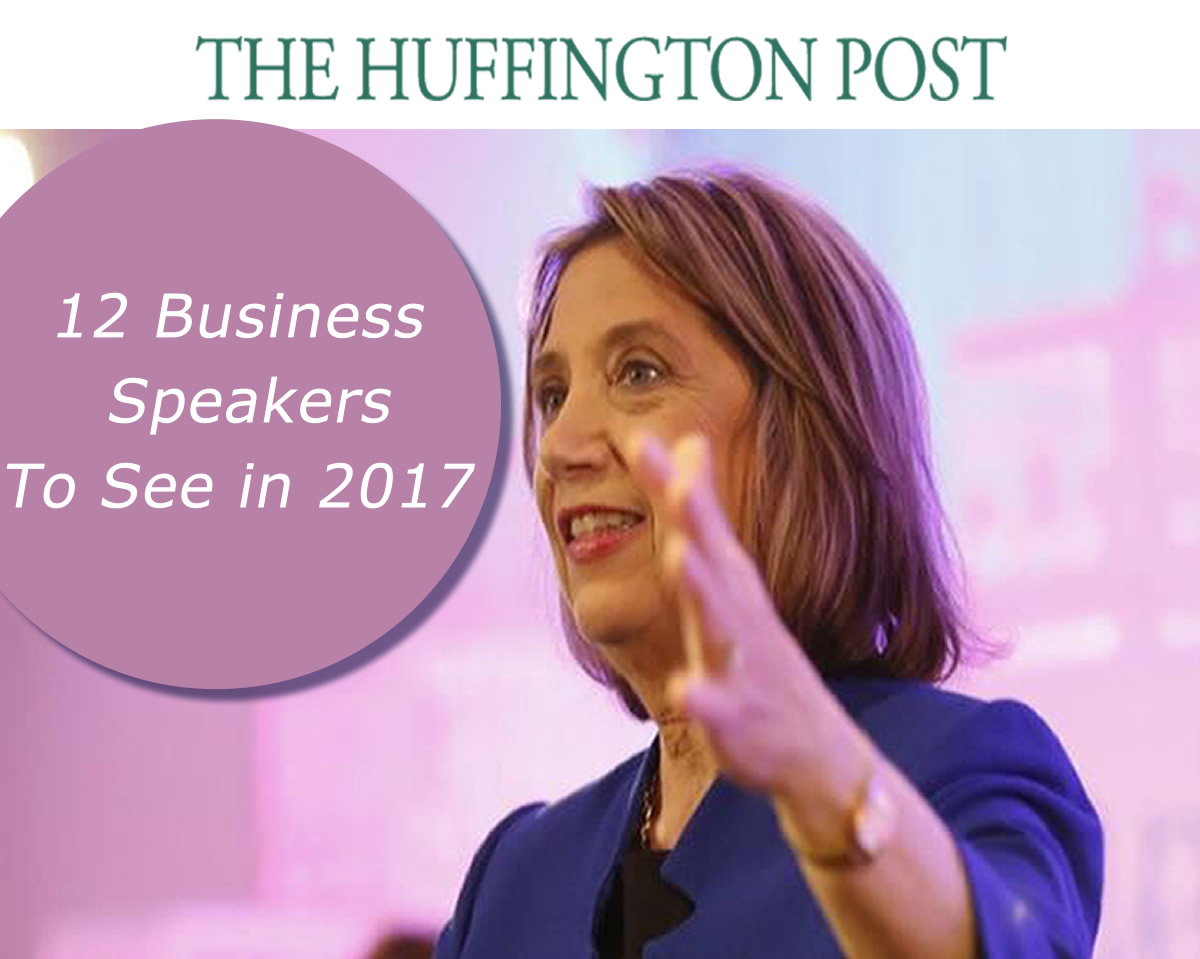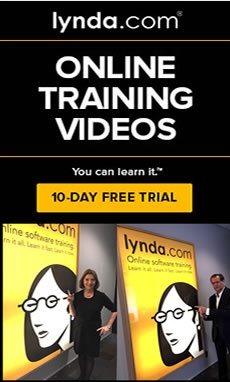Is social employee advocacy good for your brand?
A look at current data certainly indicates it is. Consumers engage with employee-generated content at a much higher rate than they do branded content. People trust everyday employees more than they trust a company’s executives. Heck, even employees enjoy advocacy programs, which they say helps them “feel more connected and enthusiastic about the company” for which they work.
But as thought leader Kevin Randall (@KevinBrandall) points out, a good social advocacy program needs a lot more than a Twitter account and some willing employees to succeed. During our Sept. 7 appearance on Wharton’s Marketing Matters radio show, which also featured discussions with social business luminaries Tom Peters (@tom_peters) and David Edelman (@davidedelman), Randall shared his thoughts on the nuts and bolts of employee advocacy—beginning with building a solid foundation.
Start from the Beginning
You can’t fault the brands that are eager to just get online and start engaging stakeholders in the digital bazaar. After all, with more organizations seeing social success seemingly every day, no one wants to feel left out. However, first things first. “The effectiveness of [social employee advocacy] is based on the strength of the brand. In other words, those programs need to be built off of a strategy,” Randall says. And he’s right: Social programs lacking clear objectives and integration within a company are shown to have an alarmingly low success rate.
At Blue Focus Marketing (@BlueFocus), we’ve focused considerably on the foundational elements of social employee advocacy. Our recently released video tutorial course for Lynda.com highlights the value of establishing a social employee pilot program. And in his paper for the inaugural issue of Rutgers Business Review, Blue Focus Marketing, President Mark Burgess (@mnburgess) advocated for what he calls the “social ecosystem.” This concept is rooted in the idea that for employees to buy into social advocacy, leadership must cultivate and oversee an environment that both supports, models, and integrates social business behaviors.
This is where the most important work lies in building a successful social employee advocacy program. A good foundation doesn’t just ensure more effective social employees. It also establishes trust and credibility, encouraging the first employees through the program to become evangelists down the road. From there, the snowballing effect can begin to take place. “It costs nothing for an employee to spread the good word,” Randall says. When an employee can personify the brand by providing information, representing its values, helping to further the sale, or solving a problem, it amplifies the effectiveness of brand.
Factoring Leadership into the Equation
Aside from dramatically increasing the likelihood of a successful program, a good foundational social strategy brings with it another big benefit: executive buy-in. When conversations about the C-Suite and social media come up, they are often framed in terms of executive adoption. It’s true that while data indicate social executives foster brand trust, social adoption in the C-Suite is still pretty low—and often relegated to LinkedIn and Twitter. Many executives either don’t have the time, don’t see the personal value, or simply don’t understand the brand strategy or the social world well enough to feel comfortable participating.
Nothing wrong with that. But even executives leery of engaging on their own can help drive social adoption among their employees. As Randall points out, if there’s one thing the C-Suite understands well, it’s building tactics off strategy. By putting executive social actions in the context of executing on the higher brand or business strategy, it’s far more likely that social programs will not only get the green light, but actually get the top-down push and evangelism necessary to thrive.
Making the Emotional Appeal
Executive advocacy is essential for any major shift in tool adoption or culture. And social employee advocacy is both of those things. To show how this works, Randall pointed to the classic example of Southwest Airlines—whose social programs we also profiled in our best-selling book, The Social Employee (McGraw-Hill). Driven by co-founder Herb Kelleher, Southwest’s philosophy is simple: make your employees happy and they will make your customers happy.
In social employee advocacy, where authenticity is at the center of effective engagement, this philosophy is doubly true. “Good brand experiences don’t feel like employees are being forced to be brand ambassadors,” Randall says, “but rather that they’ve bought into the process and want to advocate for their employer.” To drive his point home, Randall points to the growing body of research including neuroscience data showing unequivocally we are all “emotional creatures who make purchase decisions for reasons we don’t understand.”
But just because we can be irrational, emotionally driven beings, it doesn’t mean we can’t anticipate how these feelings-based decisions will impact businesses. Randall talks about this in terms of a ‘Brand Trinity’. “Employees need to—especially Millennials—they want to have a stake in where the company is going. They not only intellectually have to buy in with their mind, but also their heart and their passion. And spiritually, they want to know that the company brand is solving a problem and doing good in the world.” Randall talks about the compelling data tying a higher organizational purpose to higher performance and profits.
In other words, as Randall says, “Emotion drives the bottom line.”
Thanks again to Wharton, Catherine Hays, and Jerry Wind for having us—and to Kevin Randall for offering such tremendous insights. Check out Wharton’s Marketing Matters SiriusXM Channel 111 Radio Show here.















